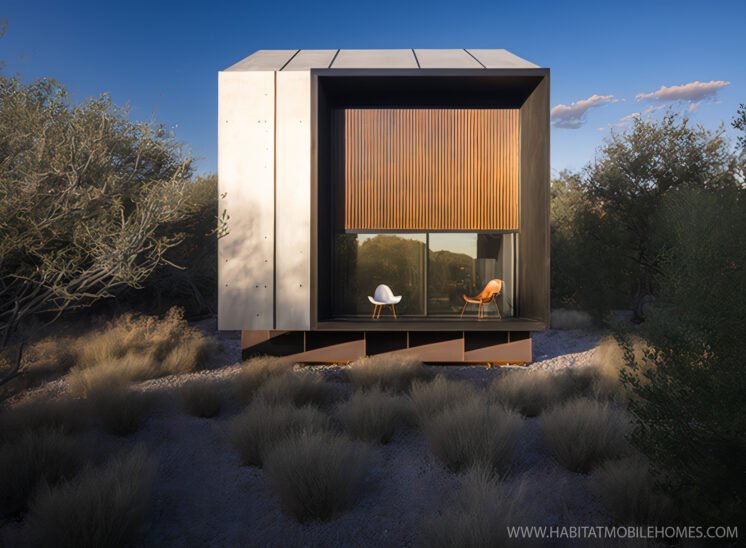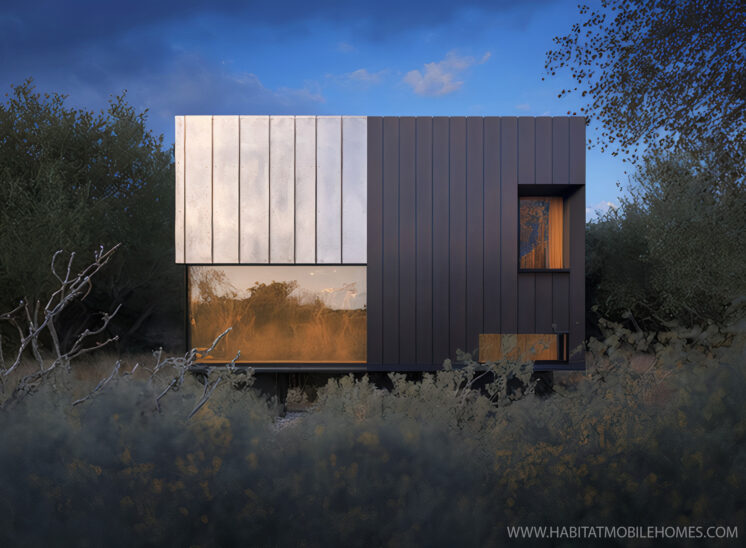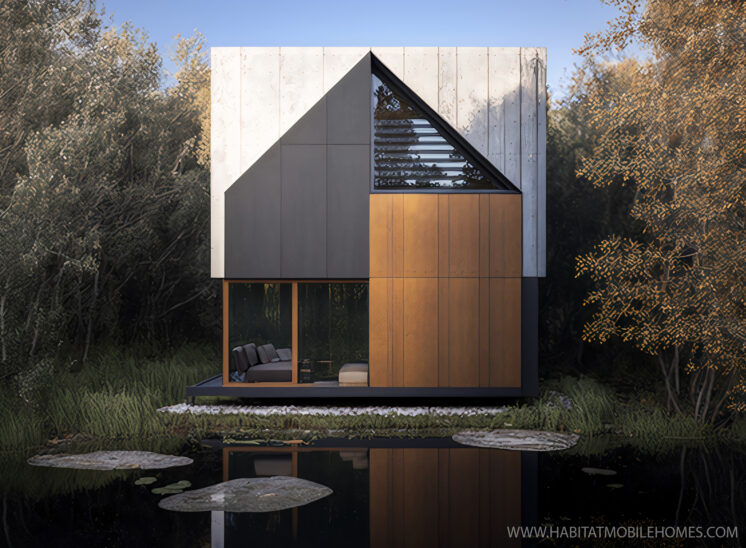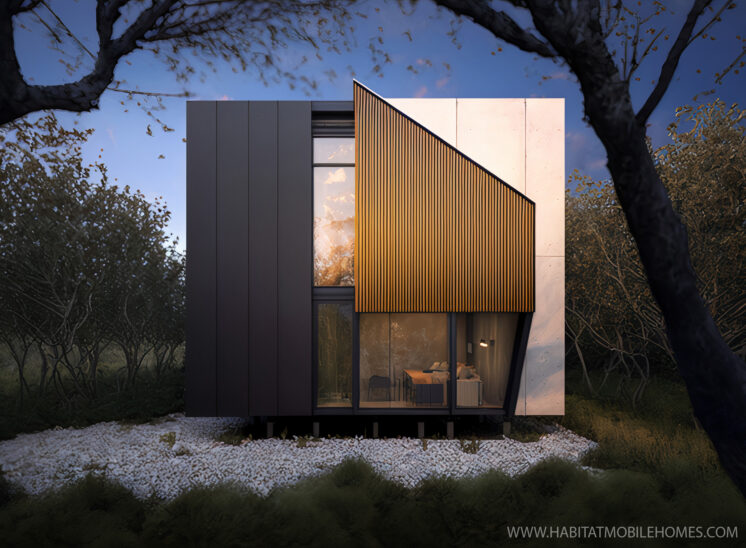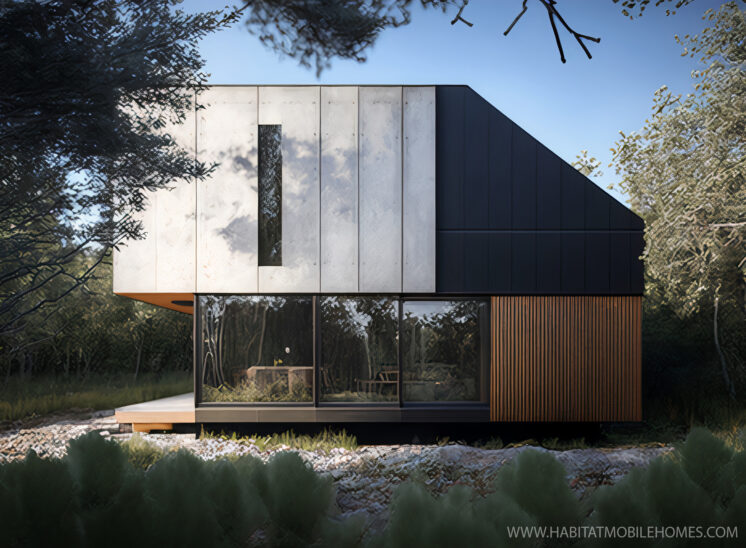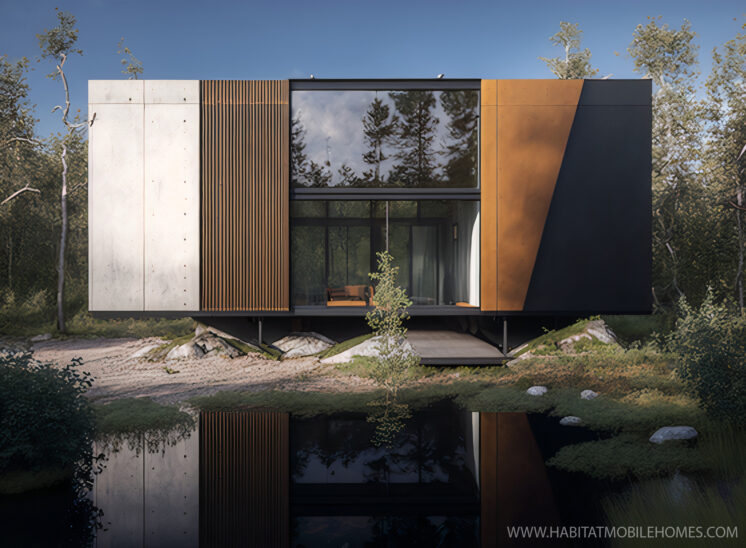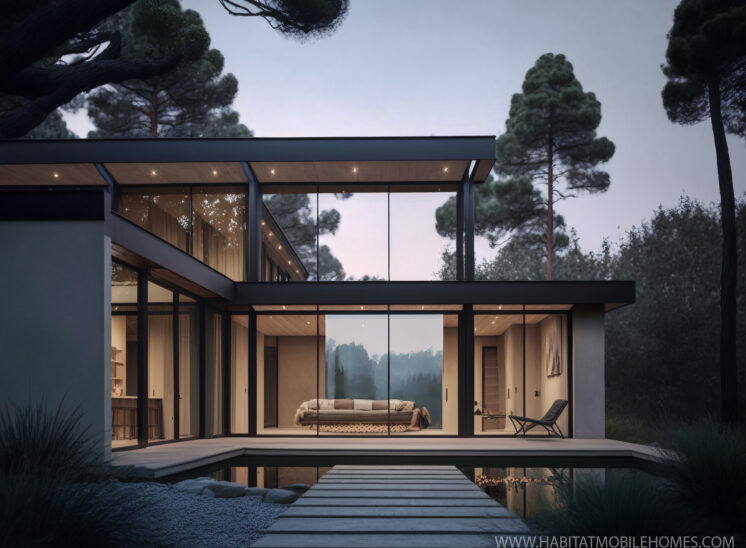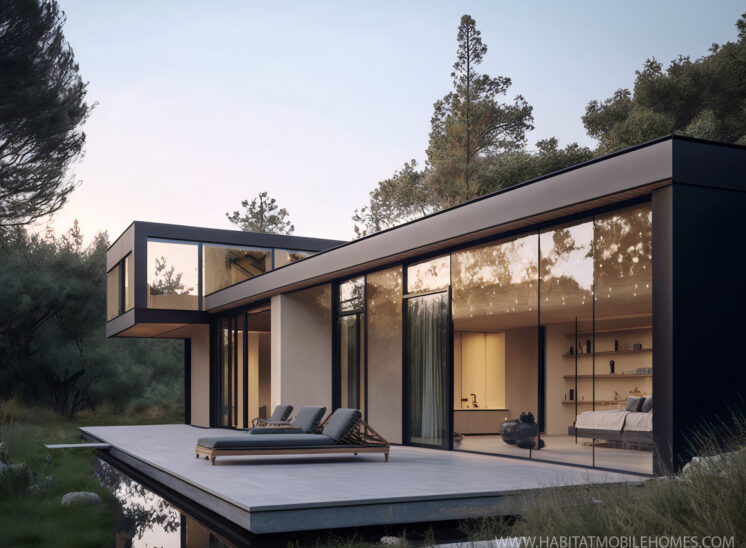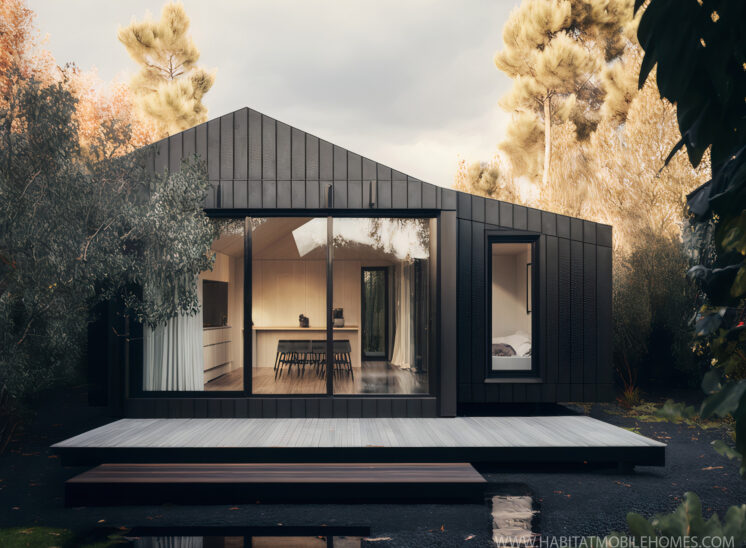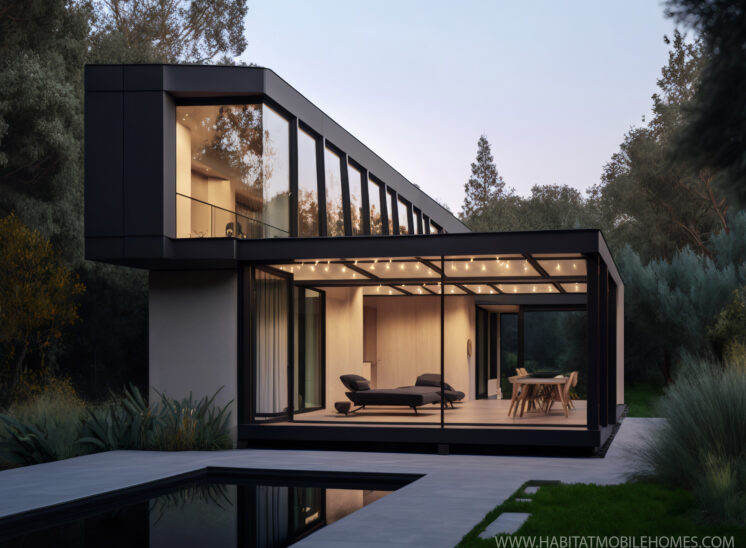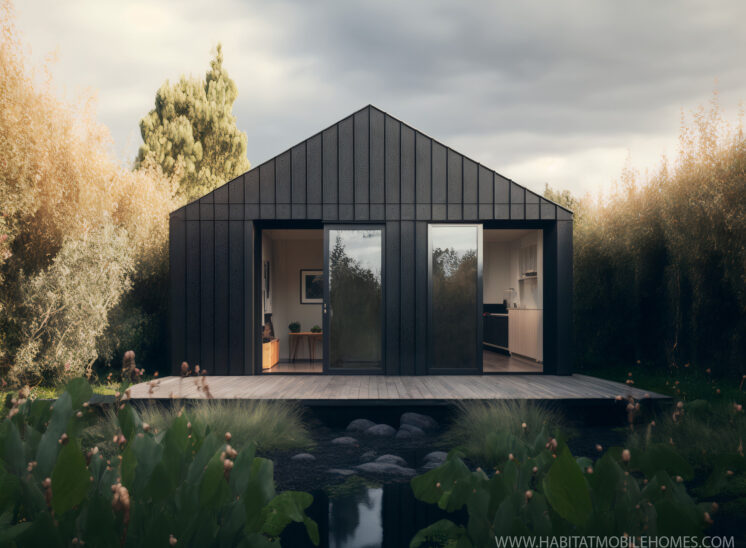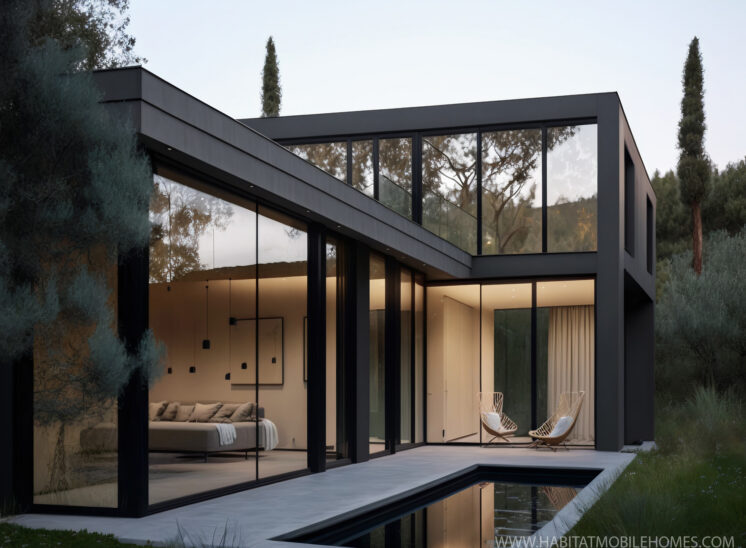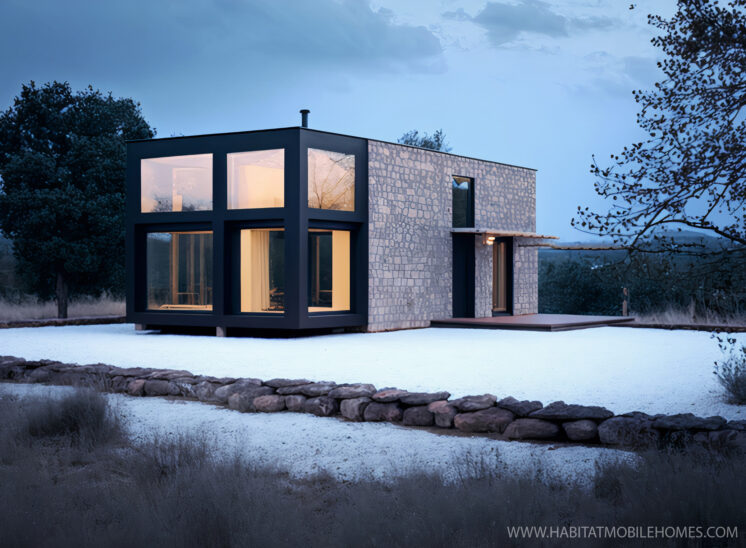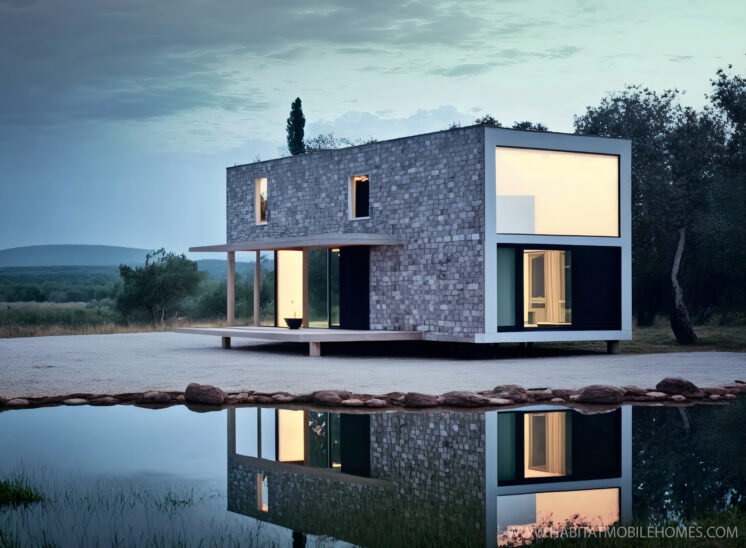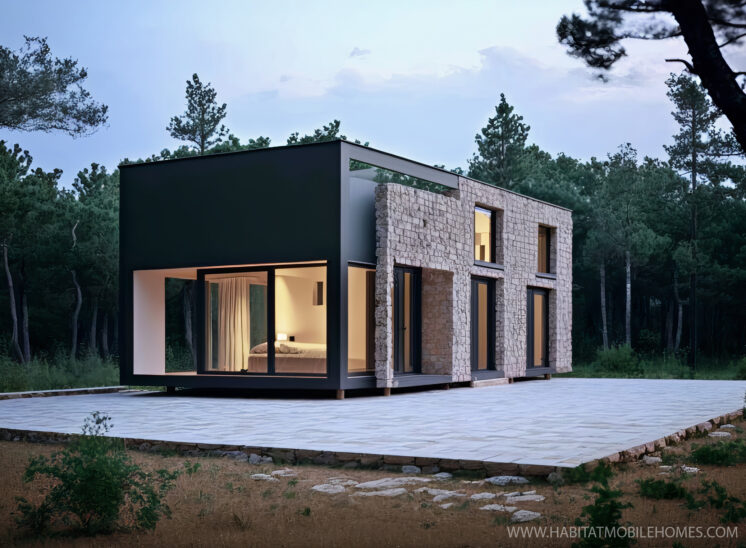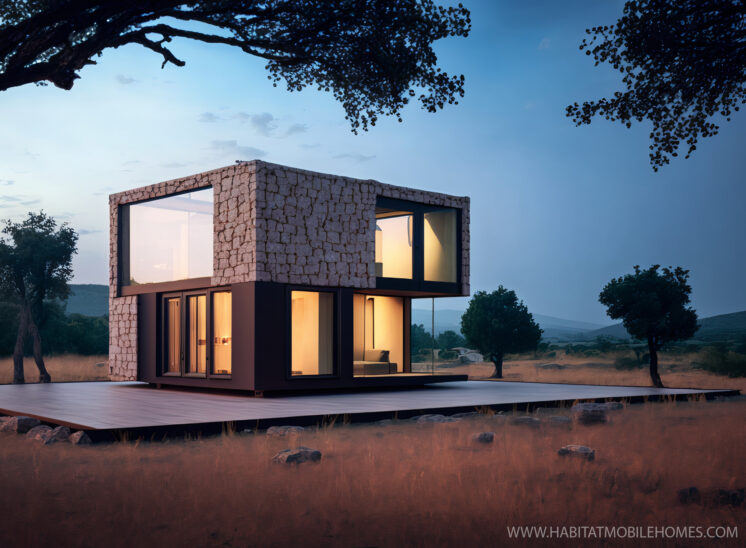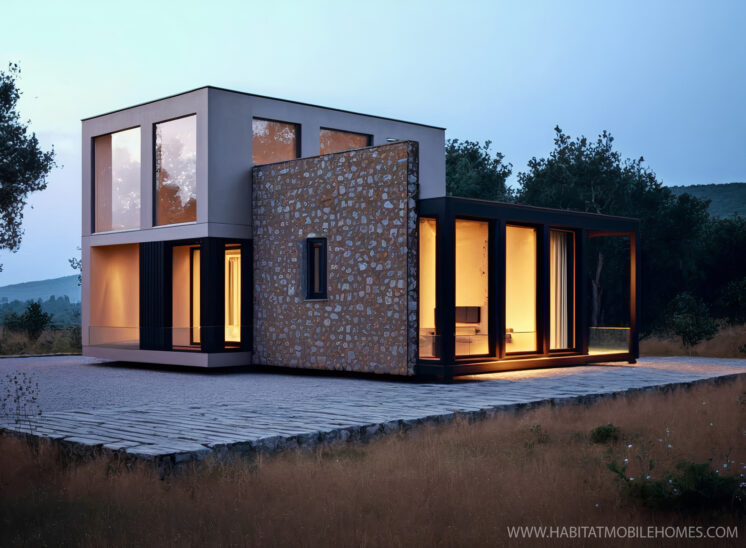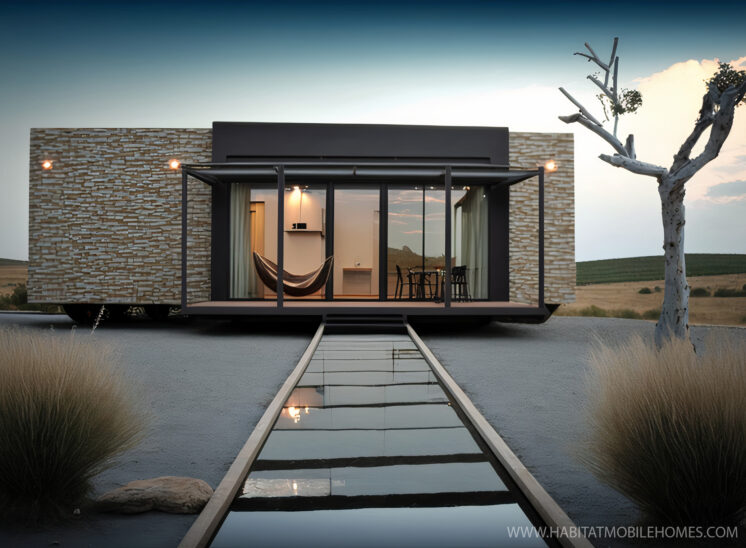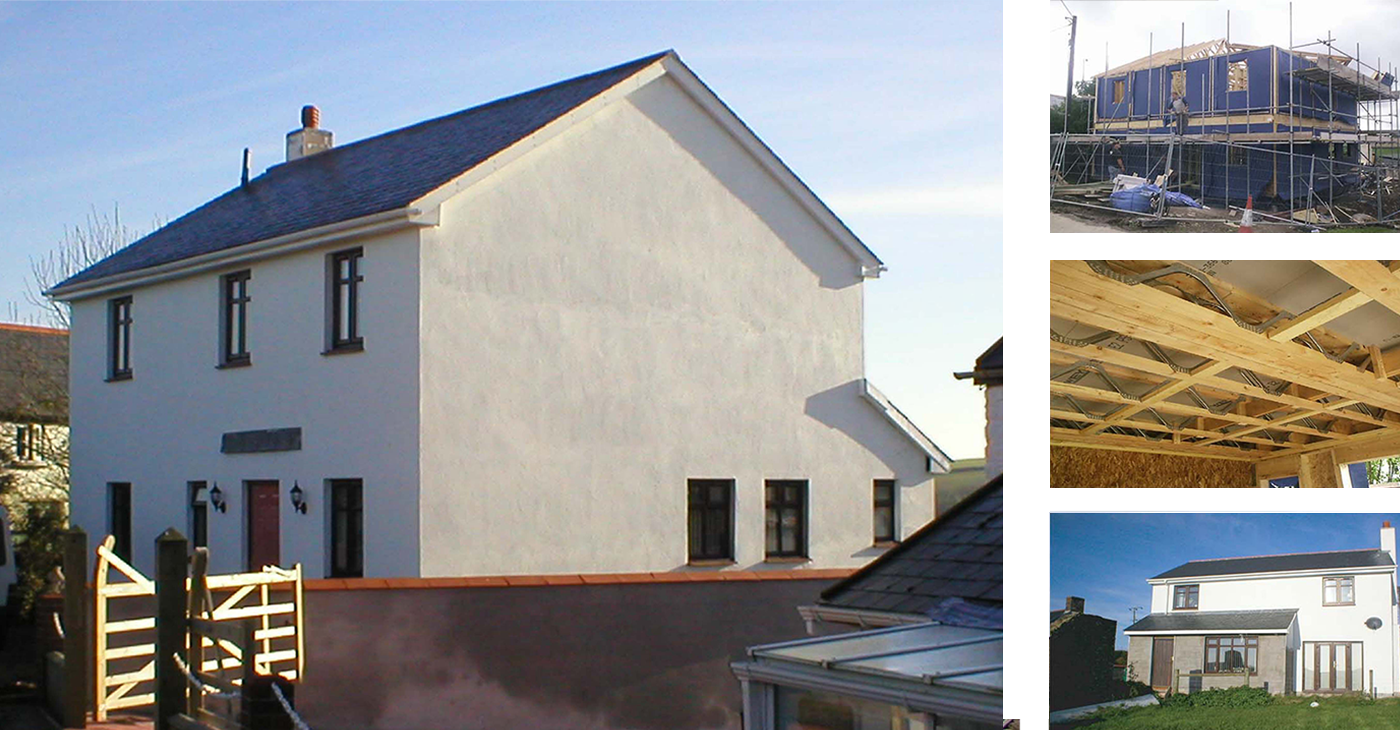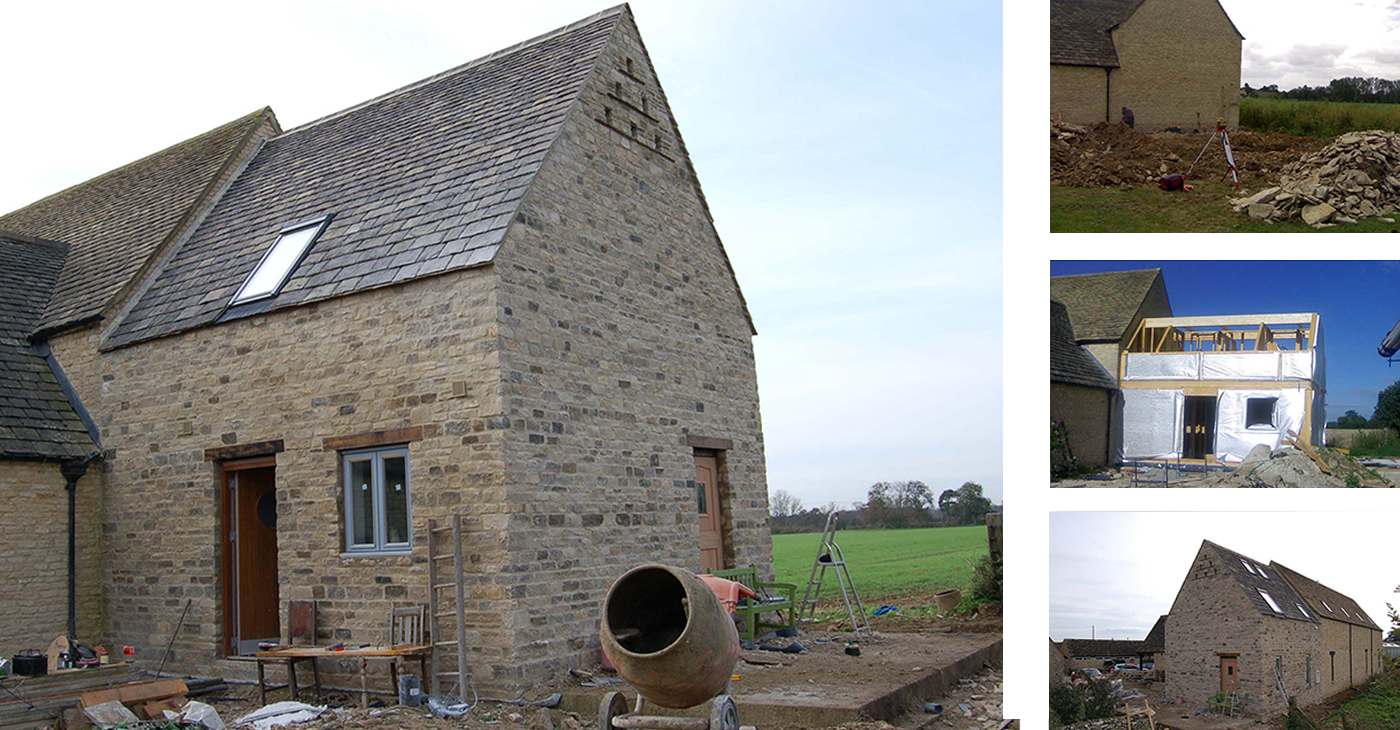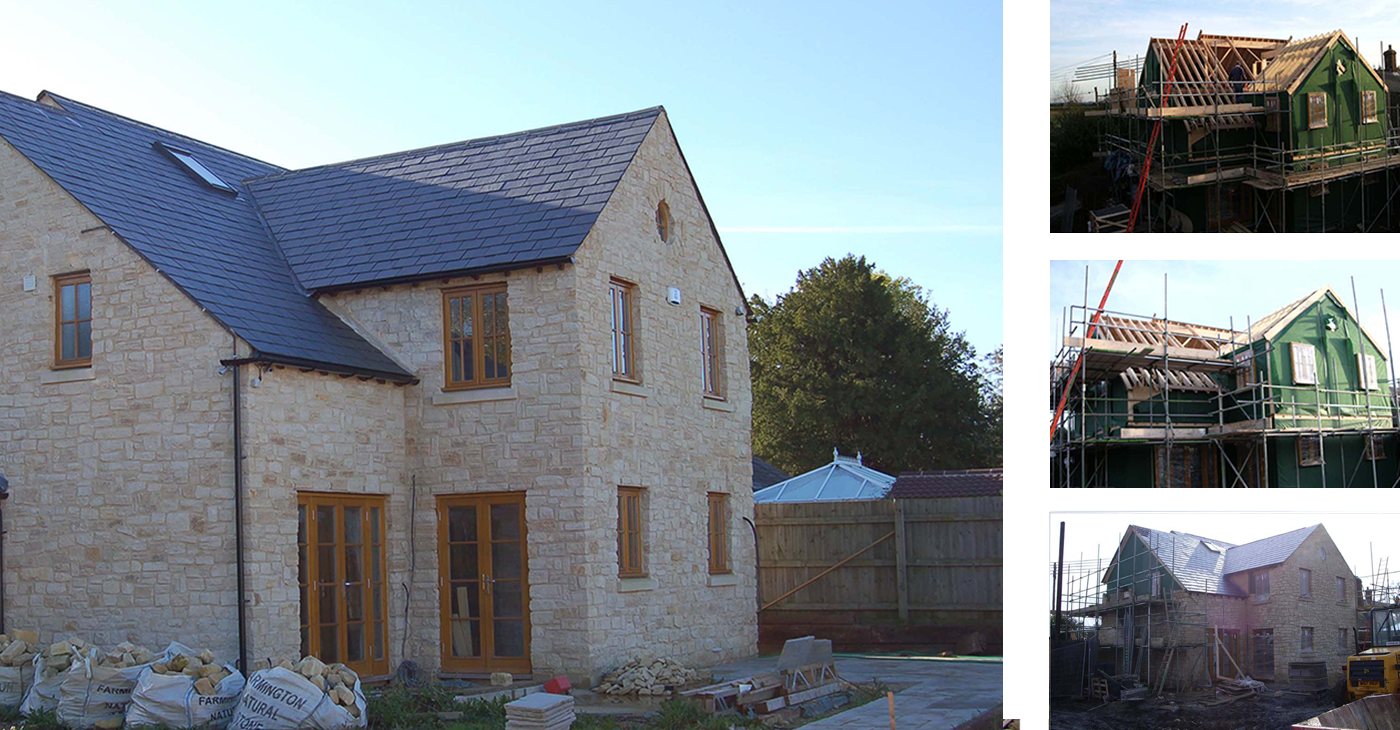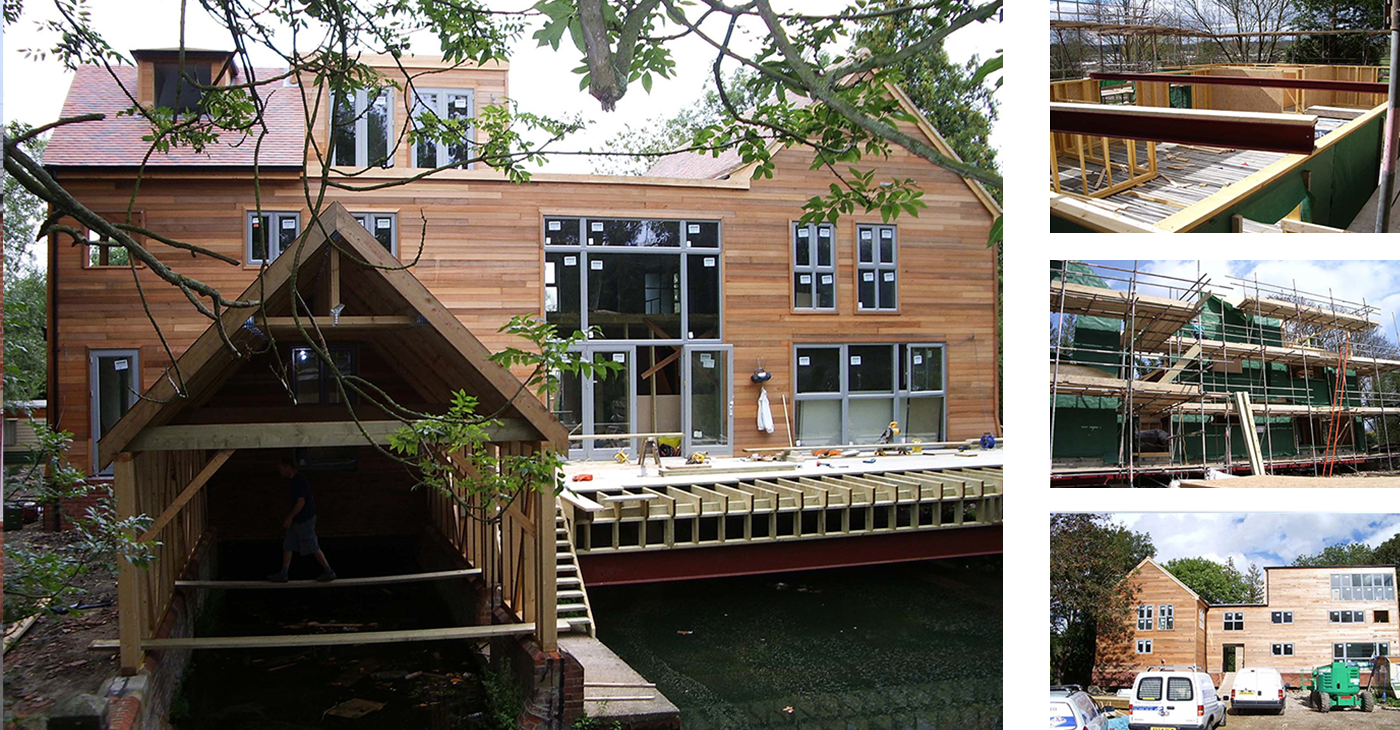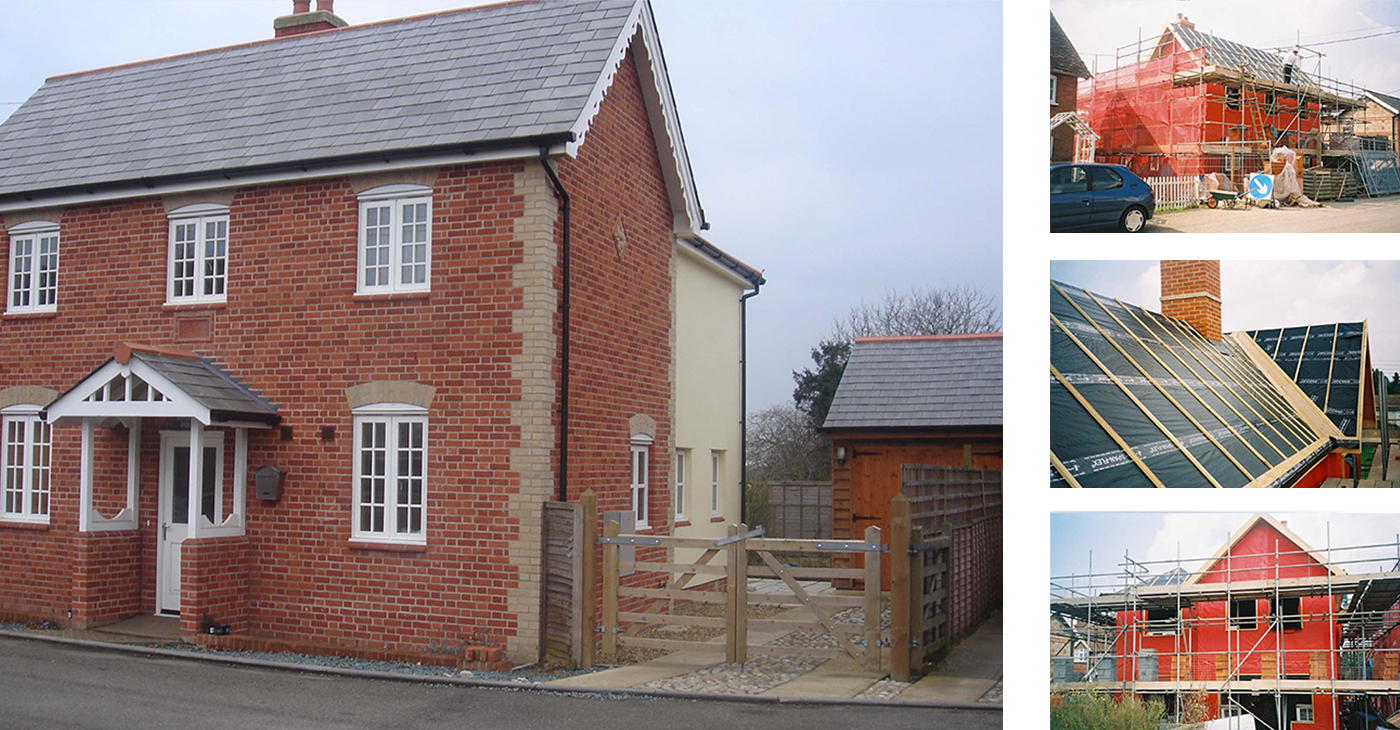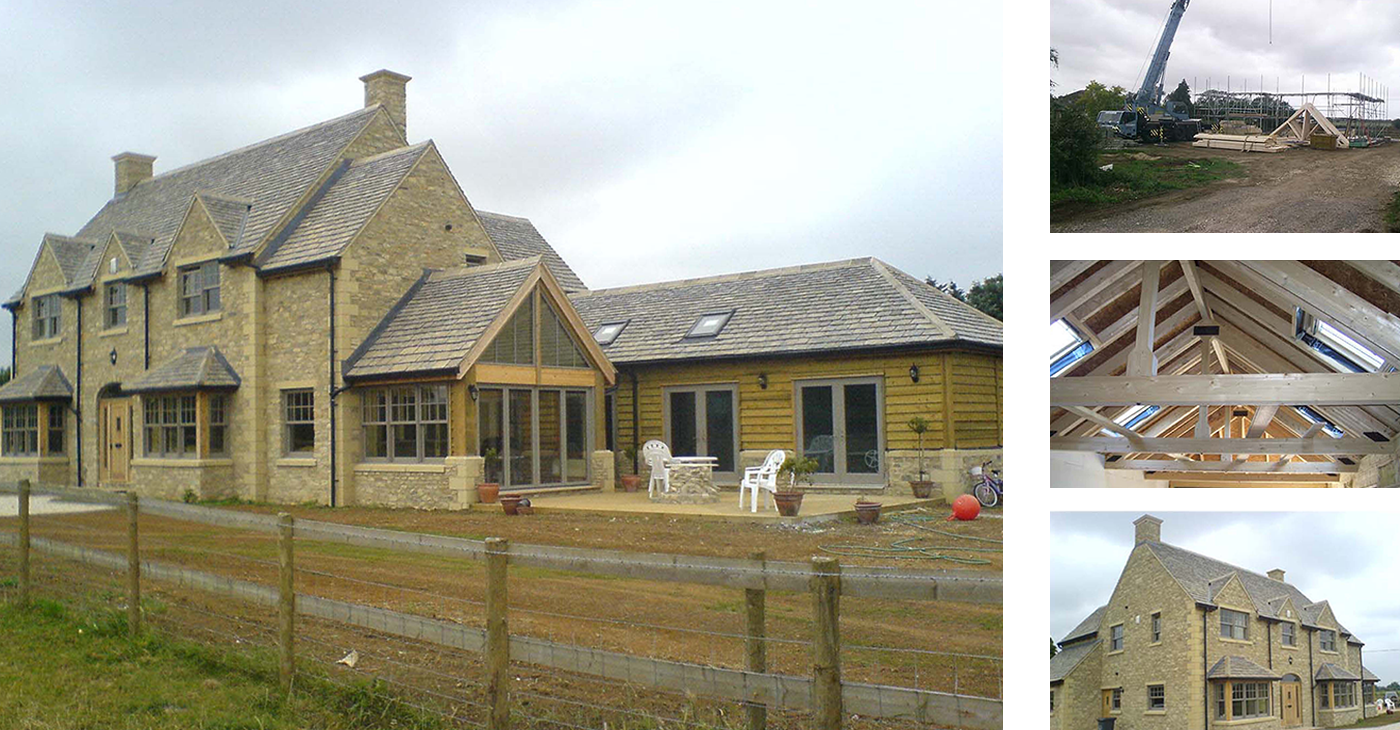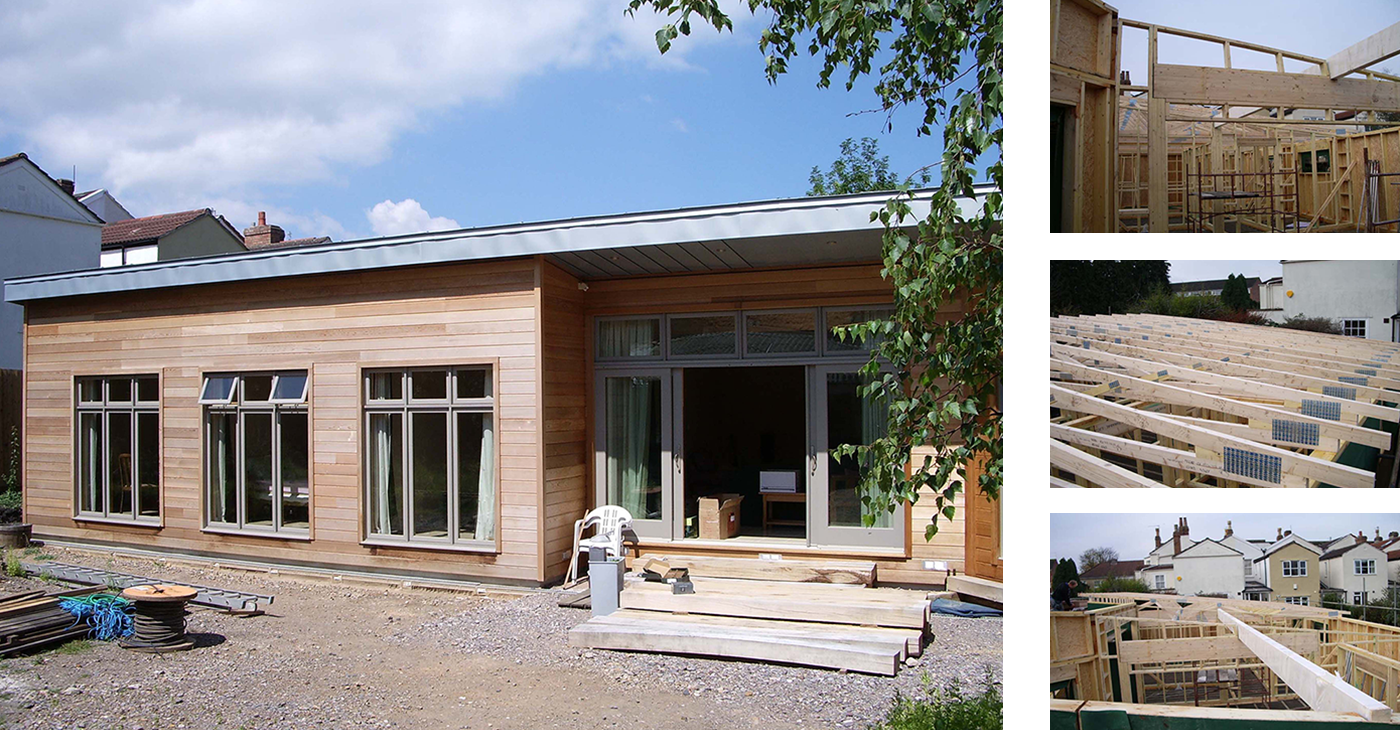Embrace Sustainable and Affordable Living with Timber Frame Building Kits for Self-Builders and Developers in the UK
In today's world, sustainable and affordable living has become increasingly important, and the growing trend of timber frame building kits is a testament to this shift. As a popular choice for self-builders and developers in the UK, timber frame building kits offer a range of benefits, including speed of construction, energy efficiency, design flexibility, and affordability. In this article, we'll delve into the world of timber frame building kits and discover why they have become the go-to option for those looking to create unique and eco-friendly homes.
The Advantages of Timber Frame Building Kits
Timber frame building kits provide several benefits that make them an attractive option for self-builders and developers. Some of these advantages include:
Speed of construction: The pre-fabricated nature of timber frame building kits allows for faster assembly compared to traditional brick or block construction. This saves time and reduces overall construction costs.
Energy efficiency: Timber frame buildings are known for their excellent insulation properties, resulting in reduced energy consumption and lower heating and cooling bills.
Design flexibility: Timber frame building kits provide a wide range of design possibilities, allowing self-builders and developers to create homes that are tailored to individual needs and preferences.
Affordability: By utilising cost-effective materials and streamlined construction processes, timber frame building kits offer a more affordable option for self-builders and developers looking to construct high-quality homes without breaking the bank.
Sustainability: Timber is a renewable resource, making it a more environmentally friendly choice compared to traditional construction materials like concrete or steel.
The Timber Frame Building Kit Process
Timber frame building kits involve a streamlined process designed to make construction as efficient and hassle-free as possible. The process typically includes the following steps:
Design consultation: Self-builders and developers work with a design team to discuss requirements, preferences, and budget constraints, ensuring that the final design meets their unique needs.
Engineering and fabrication: Once the design is finalised, the timber frame components are engineered and fabricated off-site, ensuring precision and quality control.
Delivery and assembly: The pre-fabricated components are then delivered to the construction site, where they are efficiently assembled by a skilled team of professionals.
Finishing touches: Once the timber frame structure is complete, self-builders and developers can add their desired finishes, such as cladding, insulation, and interior finishes, to create their dream home.
Customisation Options for Timber Frame Building Kits
One of the key advantages of timber frame building kits is the ability to customise the design to suit individual preferences and requirements. Some popular customisation options include:
Architectural styles: From traditional to contemporary designs, timber frame building kits can be tailored to a wide range of architectural styles.
External finishes: A variety of external finishes, such as render, cedar, larch, and render boarding, can be used to create a unique aesthetic for each home.
Interior finishes: Timber frame building kits can be finished with plasterboard, paint, or other desired interior finishes to create a comfortable living space.
Green building features: Incorporating energy-efficient windows, solar panels, and other eco-friendly features can enhance the sustainability and energy efficiency of a timber frame home.
The Growing Popularity of Timber Frame Building Kits in the UK
As self-builders and developers in the UK increasingly prioritise sustainable and affordable living, timber frame building kits have seen a surge in popularity. In addition to their numerous benefits, the flexibility and customisation options offered by timber frame building kits make them an appealing choice for a wide range of housing projects, from single-family homes to
The Ultimate Price Guide to Timber Frame Building in the UK: How Much Does a Timber Frame House Cost?
As timber frame construction gains popularity in the UK, potential homeowners and developers are becoming increasingly interested in understanding the costs associated with this building method. Timber frame homes offer numerous benefits, such as energy efficiency, design flexibility, and quick construction times, but what about the cost? In this guide, we'll explore the factors that affect the price of a timber frame house and provide an estimated price range to help you better understand the financial implications of building a timber frame home in the UK.
Factors Affecting the Cost of Timber Frame Houses
There are several factors that can impact the overall cost of a timber frame house, including:
- Size and complexity of the design: Larger and more complex designs require more materials and labor, increasing the overall cost.
- Customisation: Customised designs, unique architectural features, and high-end finishes can add to the overall cost of the project.
- Location: The cost of land, labor, and materials can vary depending on the location, potentially affecting the overall cost of the project.
- Foundation and site work: The type of foundation required and the amount of site work needed, such as excavation, grading, and landscaping, can impact the cost of the project.
- Building regulations and planning permission: Obtaining planning permission and adhering to building regulations may require additional fees, which can affect the overall cost.
Estimated Price Range for Timber Frame Houses in the UK
While it's important to note that the cost of a timber frame house can vary significantly based on the factors mentioned above, we can provide an estimated price range to help you get a rough idea of what to expect.
The cost of a timber frame house in the UK typically falls within the range of £1,200 to £1,800 per square metre, excluding land costs, foundation, and site work. This price range includes the cost of the timber frame structure, as well as external finishes, internal finishes, and basic fixtures and fittings. The following is a breakdown of the estimated costs associated with various stages of timber frame construction:
- Timber frame structure: £300 - £500 per square metre
- External finishes (e.g., cladding, roofing): £150 - £250 per square metre
- Internal finishes (e.g., plasterboard, paint): £250 - £350 per square metre
- Fixtures and fittings (e.g., doors, windows, electrical work, plumbing): £500 - £700 per square metre
Please note that these figures are only intended as a rough guide and can vary greatly depending on the specific project. It is essential to consult with a timber frame specialist or obtain multiple quotes from reputable builders to get a more accurate cost estimate for your particular project.
Saving Money on Your Timber Frame Project
While timber frame homes can be a cost-effective option, there are ways to save even more money on your project:
- Opt for a simple design: Choosing a more straightforward design can help reduce the cost of materials and labor.
- Use cost-effective materials: Selecting budget-friendly materials, such as lower-cost cladding or flooring options, can help keep costs down.
- Work with a reputable builder: Partnering with an experienced and reliable builder can help ensure that your project is completed efficiently and within budget.
- Utilise self-build options: Some timber frame companies offer self-build packages, which can save on labor costs for those willing to take on some of the work themselves.
Building a timber frame house in the UK can be a cost-effective and sustainable option for potential homeowners and developers. While the price can vary depending on various factors

